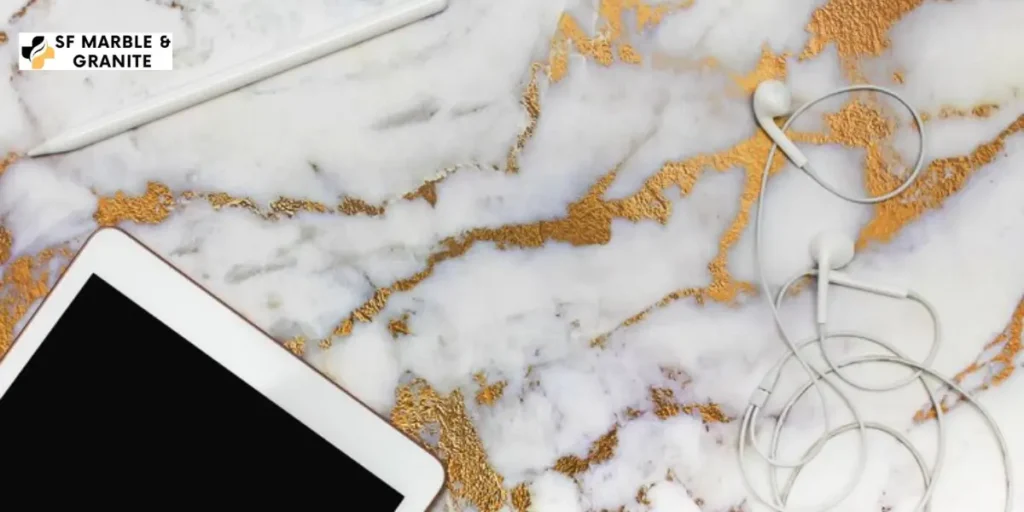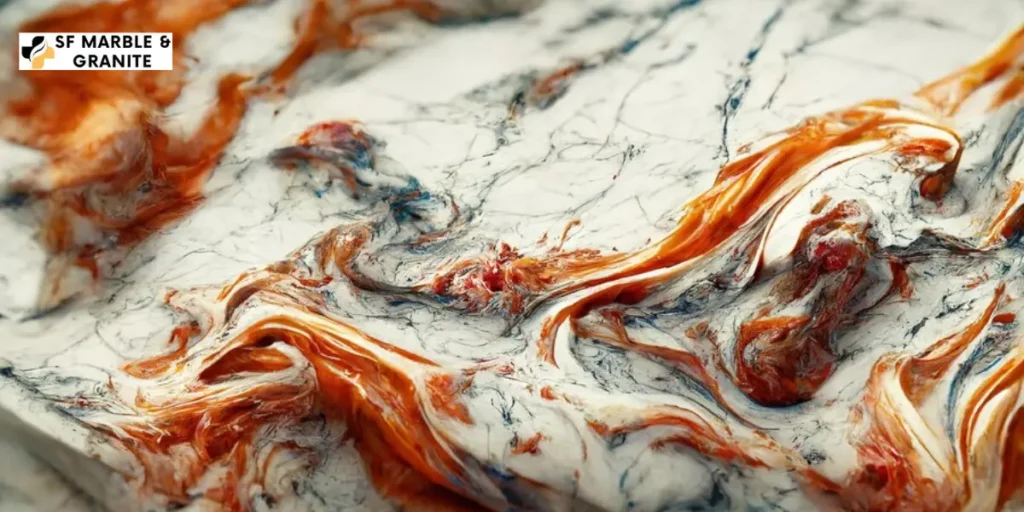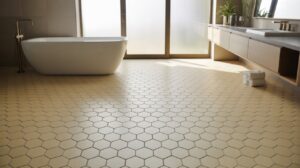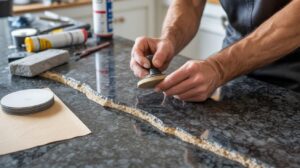If you’re dreaming of a fresh, elegant upgrade that won’t break the bank, cultured marble is your answer blending marble dust with resins for a resilient surface that looks and feels like the real thing. From seamless shower surrounds to sleek kitchen counters, its versatility shines in both wet and dry areas, adapting to virtually any design vision. Guided by consistent manufacturing, you’ll avoid the veining surprises of natural stone and gain dependable color uniformity, simplifying choices and installations. In this guide, we’ll explore how cultured marble’s composition, cost benefits, and practical uses come together in a single material so you can make informed decisions for your home improvement projects. Ready to envision your next spa‑like retreat? Discover how cultured marble elevates a modern marble bathroom.
What is Cultured Marble?

Cultured marble is a man-made material that combines natural marble stone particles with synthetic materials, such as resins and pigments, to create a durable and aesthetically pleasing product. The process involves molding and casting to achieve a wide range of shapes and sizes, making it highly adaptable for different architectural and design needs. Unlike natural marble, which is quarried and then cut into slabs, it is manufactured in a controlled environment, allowing for consistency in color and pattern.
Table of Contents
ToggleDifference Between Real and Cultured Marble
While natural marble is prized for its unique veining and organic patterns, it offers several distinct advantages. It is typically more affordable and easier to maintain than natural stone. It can mimic the look of high-end materials like marble and granite while offering greater flexibility in design and installation.
Where to Use Cultured Marble?

This type of marble finds widespread use in various residential and commercial applications:
Shower Walls
Cultured Marble shower walls provide a seamless and luxurious appearance, enhancing the aesthetic appeal of any bathroom. The material’s non-porous surface makes it resistant to mold and mildew, ideal for wet environments.
White Cultured Marble in Bathroom Vanities
This is a popular choice for bathroom vanities and countertops due to its clean and timeless appearance. It brightens up spaces and complements a wide range of interior styles.
Shower Pan
Cultured marble shower pan offers durability and ease of maintenance. Its smooth surface prevents water buildup and ensures long-lasting performance.
Sink
Cultured Marble sinks are integrated seamlessly into countertops, creating a sleek and unified look. They are available in various shapes and sizes to accommodate different design preferences.
Cultured Marble Tub Surround
Enhance your bathroom with a tub surround, which combines elegance with practicality. It provides a cohesive design element and simplifies cleaning and upkeep.
What are the Benefits of Cultured Marble?
Affordability
It is more cost-effective than natural stone, making it an attractive option for budget-conscious projects without compromising on quality or style.
Versatility
With a wide range of colors, patterns, and textures available, it can complement any design scheme, from traditional to contemporary.
Durability
The combination of marble dust and resin creates a resilient surface that is resistant to scratches, stains, and chipping, ensuring longevity and ease of maintenance.
Easy Installation
This type of marble products are manufactured to precise measurements, facilitating straightforward installation processes and reducing labor costs.
Daily Maintenance and Preventive Cleaning Tips
Maintaining marble involves simple yet effective cleaning routines to preserve its beauty and durability over time. Here’s a guide to maintenance and preventive cleaning practices for cultured marble surfaces:
Daily Maintenance Tips
Regular Wiping
Use a soft cloth or sponge and a mild, non-abrasive cleaner to wipe down its surfaces daily. This helps remove any dust, dirt, or residues that can accumulate.
Avoid Abrasive Cleaners
Harsh cleaners or abrasive materials like steel wool should be avoided as they can scratch the surface of marble.
Dry Thoroughly
After cleaning, ensure the surface is dried thoroughly with a clean cloth to prevent water spots and streaks.
Preventive Cleaning Tips
Routine Cleaning
Regularly clean surfaces with a pH-neutral cleaner or a mild soap solution. This helps prevent the buildup of soap scum and mineral deposits.
Stain Removal
Address stains promptly using a non-abrasive cleaner suitable for marble. For tough stains, a mixture of baking soda and water can be gently rubbed onto the stain before rinsing.
Avoid Harsh Chemicals
Refrain from using acidic cleaners (eg vinegar or lemon juice) or abrasive cleaners (e.g scouring powders) on marble, as these can damage the surface.
Cultured Marble Flooring: Seamless Style Meets Simple Installation
Cultured Marble flooring blends style and strength with ease, making it a top pick for homeowners looking to upgrade on a budget. Its non‑porous, resilient surface resists stains and scratches, so it stays looking fresh with minimal upkeep. It also offers consistent color and pattern without the natural veining variations of real stone. Thanks to easy installation processes and precise manufacturing, your new floors go in quickly and fit perfectly to any space. For a flawless finish, trust our expert team at SF Marble & Granite Inc. for a professional Marble Floor Installation in Lowell that transforms your home.
Contact Us for Installation Services
If you’re interested in professional installation services for cultured marble products from SF Marble and Granite, please feel free to get in touch with us. You can contact us via email at sfmarbleangranite@gmail.com, visit us at 755 Dutton St., Lowell, MA 01854, or give us a call at 978-459-5823. Our team is ready to assist you in transforming your spaces with quality craftsmanship and expertise.
FAQs
What is cultured marble?
Cultured marble is a man‑made surface created by blending marble dust with resin and pigments, then molding it into slabs or shapes for floors, countertops.
Where can I use cultured marble?
You can install it in bathrooms for shower walls, vanity tops, and tub surrounds, in kitchens for backsplashes and countertops, and even on floors in low‑ to medium‑traffic areas.
How do I clean cultured marble surfaces?
Use a soft cloth with mild, non‑abrasive cleaner or warm water and dish soap; avoid acidic or abrasive products to prevent dulling or damage.
Is cultured marble durable?
Yes, its gel‑coat finish creates a durable, scratch‑resistant surface that stands up well to daily use, though severe impacts may require professional repair.
Can I install cultured marble myself?
While DIY kits exist, professional installation ensures precise seams, level surfaces, and warranty compliance for lasting results.








